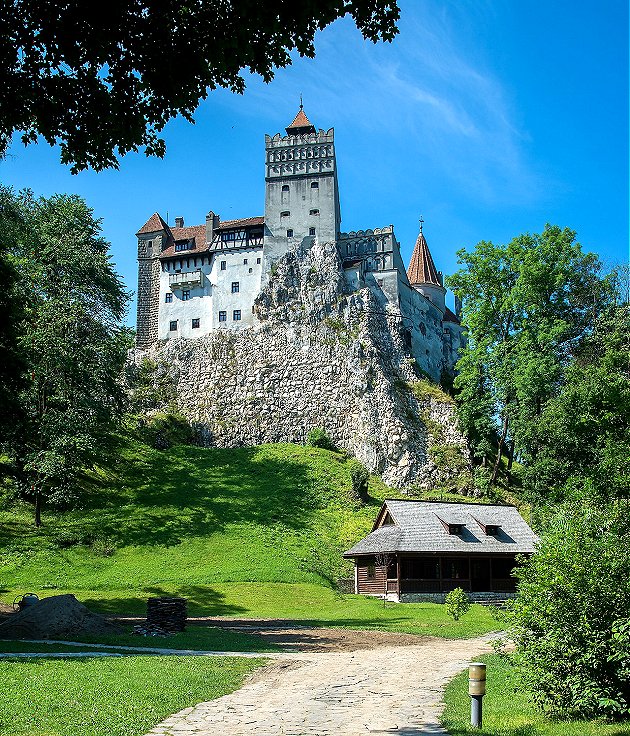|
What to see in Bran What to see in Brașov Dracula and Bran Castle |
|---|
 History of Dracula and Bran CastleThe true history of Dracula and Bran Castle is a fascinating tale that intertwines historical fact, literary fiction, and tourism-driven mythology. The castle's association with "Dracula" stems from two separate historical and literary figures. The first is Vlad III Dracula, also known as Vlad the Impaler, a 15th-century ruler of Wallachia. Vlad was known for his brutal tactics against enemies, particularly his penchant for impaling his foes. While he earned the nickname "Dracula" (meaning "son of the Dragon" or "son of the Devil"), his connection to Bran Castle is tenuous at best. Historical records suggest that Vlad may have passed by or attacked the castle during his campaigns, but he never owned or lived in it. The second figure is the fictional character Count Dracula, created by Irish author Bram Stoker in his 1897 novel "Dracula". Stoker never visited Romania and based his description of Dracula's castle on various sources, including travel books about Transylvania. The castle in Stoker's novel bears little resemblance to Bran Castle. The connection between Bran Castle and Dracula largely emerged in the 20th century as a tourism marketing strategy. After the fall of communism in Romania, the country sought to capitalize on Western fascination with the Dracula legend. Bran Castle, with its imposing Gothic architecture and dramatic setting, was perfect for this purpose. In reality, Bran Castle, a striking medieval fortress perched atop a hill in Transylvania, has a rich history of its own. It was built in the 14th century with primary purpose to serve as a defensive stronghold against Ottoman invasions and to control a major trade route between Transylvania and Wallachia. It served as a customs post, a defense against Ottoman invasion, and later as a royal residence: Queen Marie of Romania, granddaughter of Queen Victoria, lived there in the early 20th century and was responsible for much of its restoration. Today, while Bran Castle embraces its "Dracula's Castle" moniker for tourism purposes, it also educates visitors about its true history. The castle's exhibits cover not only the Dracula legend but also the real history of the fortress, the story of Queen Marie, and the culture of the surrounding region. So, while Bran Castle has little genuine connection to either the historical Vlad Dracula or Stoker's fictional vampire, it has become inextricably linked with the Dracula legend in popular culture. This blend of myth and reality has turned it into one of Romania's most visited tourist attractions, offering visitors a unique mix of medieval history, royal legacy, and vampire lore.
| |
|
| Powered by MMS vers. 4.1 - © 2023 ETEAM International Ltd |
|---|

